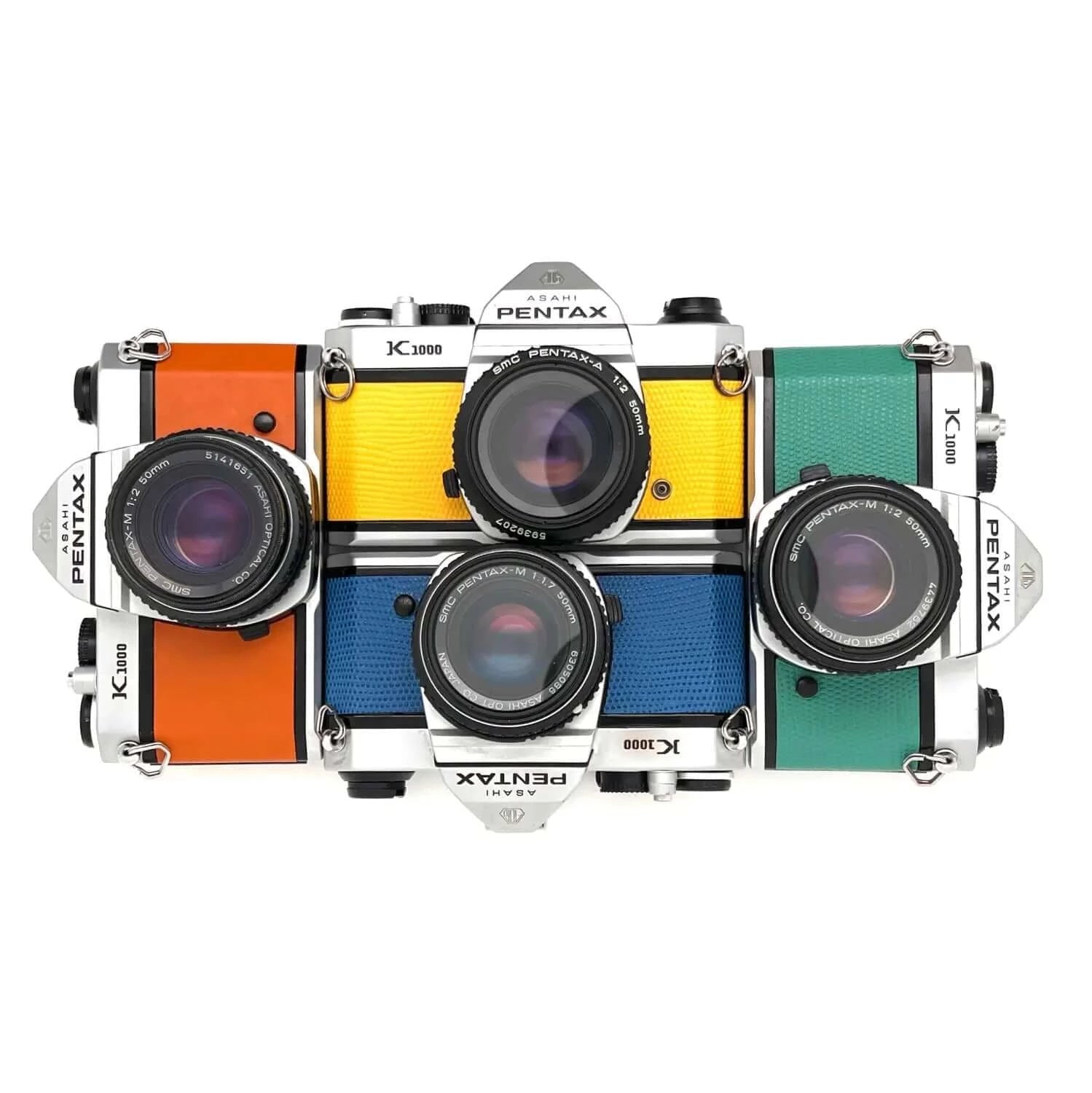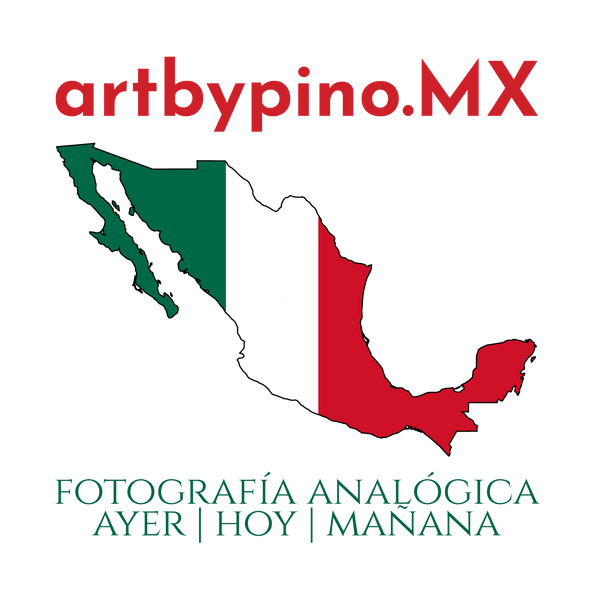
Film Photography Revival: Reasons It’s Making a Resurgence
Share
Film Photography Revival: 12 Reasons It’s Making a Strong Resurgence in 2025
Curious About the Film Photography Comeback? FAQs Answered
-
Is film photography still relevant in 2025? Yes! It’s thriving with new films, cameras, and a passionate global community.
-
Are 35mm, 120, or large format films still made? Absolutely—Kodak, Ilford, and others are launching new stocks regularly.
-
Is this just a fleeting trend like Lomography? Nope, it’s a sustained movement, backed by rising sales and re-manufactured cameras.
-
Does Instax count as film photography? Not quite—it’s instant, while actual film involves a hands-on development process.
-
Where can I buy reliable film cameras? Check trusted sellers on eBay or Etsy for serviced models, or explore new ones like the Pentax 17.
New to film? Dive into our beginner’s guide: How to Get Started in Film Photography.
Film photography isn’t just hanging on—it’s roaring back to life. Vintage cameras, such as the Canon AE-1 or Nikon F3, are fetching prices higher than some professional digital SLRs, with eBay reporting 25-50% annual price spikes for sought-after models. Hobbyists are hooked, and pros are weaving film into premium offerings for weddings and portraits, delivering timeless results clients love.
Some call it nostalgia, like vinyl records, which outsold CDs in 2022. But the numbers don’t lie: film’s resurgence is real. Kodak’s 2024 sales of film stocks surged 20%, and manufacturers are doubling down. Kodak revived Ektachrome in 2017 and expanded Gold 200 to 120 format. CineStill launched 400D in 2022, followed by Ilford’s Kentmere 100/400 in 120. ORWO Wolfen debuted the NC500 and NC400 color films, and Harman Photo introduced Phoenix 200 in 2023, upgrading to Version II in July 2025 based on feedback from photographers. New cameras, such as Leica’s reissued M6 ($5,900 body-only) and Pentax’s 2024 release, the Pentax 17, signal industry confidence.
Online, the movement thrives: Reddit’s r/analog boasts 1.5 million members, and YouTube channels like Negative Feedback (500K+ subscribers) fuel enthusiasm with tutorials. This isn’t a fad—it’s a global revival with staying power.
What Is Film Photography?
Film photography uses analog cameras with light-sensitive film (35mm, 120 medium format, or 4x5 large format). You expose the film to light, then develop it chemically to create negatives or slides, which can be printed in a darkroom or scanned digitally. Unlike digital’s instant previews, film demands patience and skill. Instant formats like Instax differ due to their self-developing nature—here, we focus on the classic film process.
EXAMPLES OF FILM PHOTOGRAPHY
12 Reasons Film Photography Is Making a Comeback
From its soulful aesthetic to cultural shifts, here’s why film is captivating photographers in 2025:
1. Authenticity and Credibility
2. Richer Image Quality
3. Unmatched Aesthetic Appeal
4. Therapeutic and Mindful
5. Handmade Prints
6. Simpler Than Ever
-
Modern kits, such as those from Arista and CineStill, make home developing easy, with online tutorials that significantly reduce the learning curve.
-
Affordable reloaded disposables under $20 let beginners experiment without breaking the bank.
7. Longevity and Cost-Effectiveness
8. Exclusivity for Special Moments
9. Authentic Portraits
10. Nostalgia and Vintage Vibes
11. Thriving Online Communities
12. Escape from Digital Fatigue
Addressing the Doubters: Is Film Really Worth It?
Some argue that film is too expensive or environmentally harmful due to the chemicals. However, costs are manageable—$10-15/roll, plus development—and are competitive with digital gear upgrades. Home kits also help cut expenses. Environmentally, reusable cameras reduce e-waste (film users generate 50% less tech trash than digital-only photographers). The trade-off? Unmatched artistry and durability that digital can’t replicate.
Hybrid Workflows: The Best of Both Worlds
Blend film’s magic with digital’s ease:
Try AI-assisted scanning tools (new in 2025) for sharper, faster results.
Buying Tips: Start Smart
-
Choose Reliable Gear: Buy serviced cameras from reputable sources like eBay, Etsy, or retailers like KEH Camera. Avoid untested garage sale finds—repairs can cost over $ 200.
-
Stock Up: Explore new films like Harman Phoenix 200 or classics like Kodak Portra.
Join the Film Revival!
Ready to shoot analog? Browse our film selection or developing kits. Need help? Contact us for tailored advice. Sign up for our newsletter for weekly film tips and inspiration!











19 comments
Great article. I am a film and digital photographer. Nothing better than film.
I have been looking into 35mm film n I’m glad I saw this article. I have 2 Minolta cameras 100 n 101 with many lenses. Will get them out of storage n use again. Thank you for the great information.
I must agree with every point. While I do shoot probably 50/50 digital/film I find shooting film more satisfying. I develop bw at home and will soon get set up for color. At some point I hope to be able to make my own prints in a home darkroom. I especially agree on the authenticity point. I recently used sky replacement on a photo. It came out stunning but it looked like so many others I’ve seen. Oddly it sort of left a bad aftertaste. Going out at the right time of day and trying to achieve the desired look on film with lens filters would have been more fun and unique.
THANK YOU! wonderful writing, insight, trajectory…Film is Gorgeous. If ever interested in taking a tour of a Film Lab in Burbank CA. please, reach out.
Cheers!
Starting in the 1960s and continuing into the mid 1990s, I shot b&w (and Kodacrome), all 35mm. I developed and printed b&w photos, and have good memories of enlarging and printing in the makeshift darkroom we set up in the kitchen.
For most who shoot b&w, the development and printing should be left to professional labs. Every step is complicated, starting with the temperature of chemicals used for film development, the number of rolls of film that have been developed (the chemicals degrade) and the timing of the development. Prints are just as complicated, if not more so. So, if you are tempted to try it, get ready for a high learning curve.
I still have three film cameras and pages of negatives I have stored in sleeves in a cool place, as you suggest. The negatives are in as good condition now as they were sixty years ago.